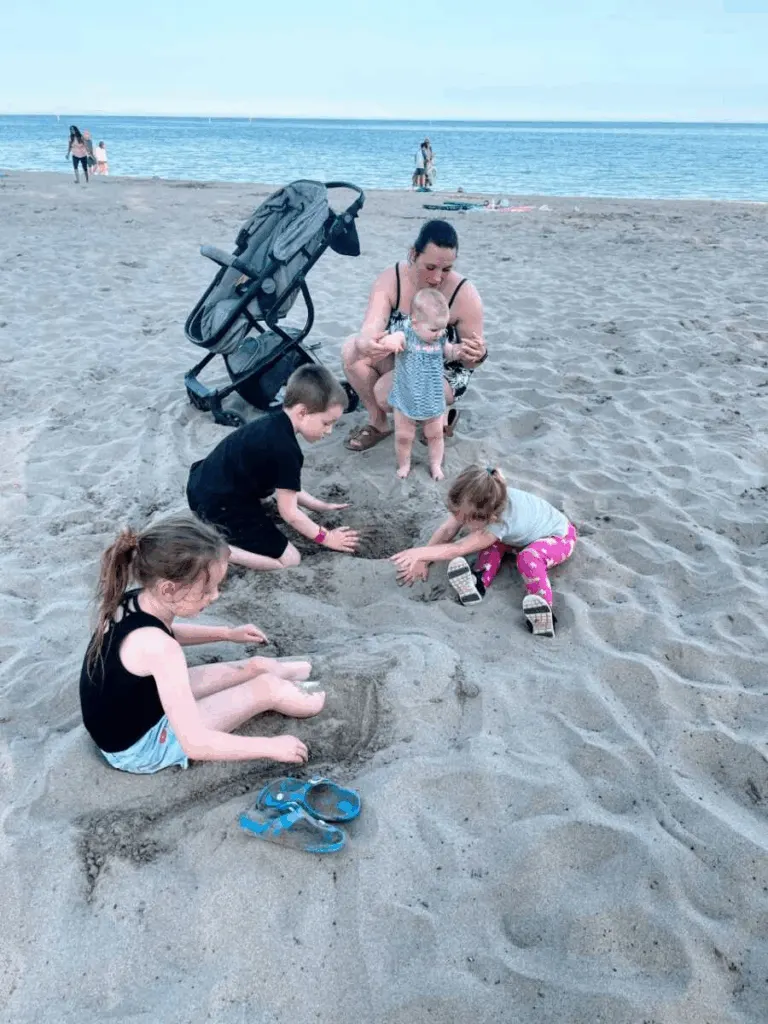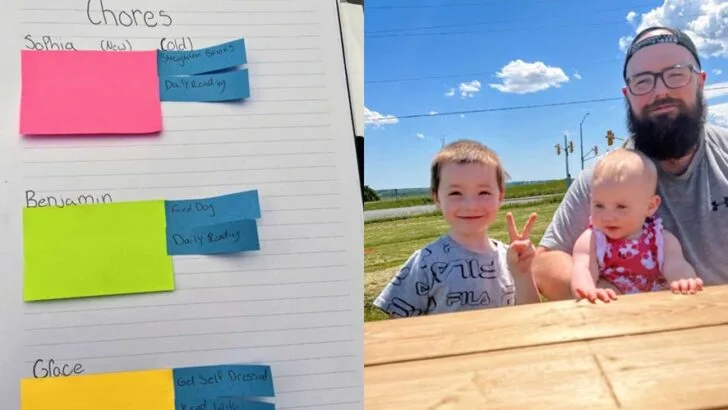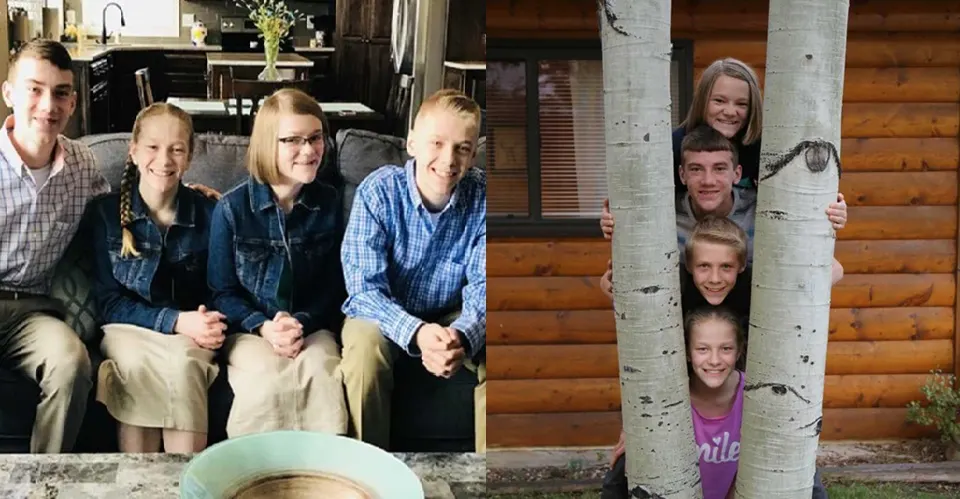She didn’t plan every minute; she built a steady rhythm so summer could feel freer, not messier. Summer break was just weeks away, and Ashley felt thrilled and overwhelmed. She adored her kids and wanted to hear every story they told, but she also knew what the season often sounded like at home: endless calls for snacks, complaints between siblings, and a steady chorus of “Mom!” This year, she wanted a new approach that set a precise rhythm without scripting every minute.
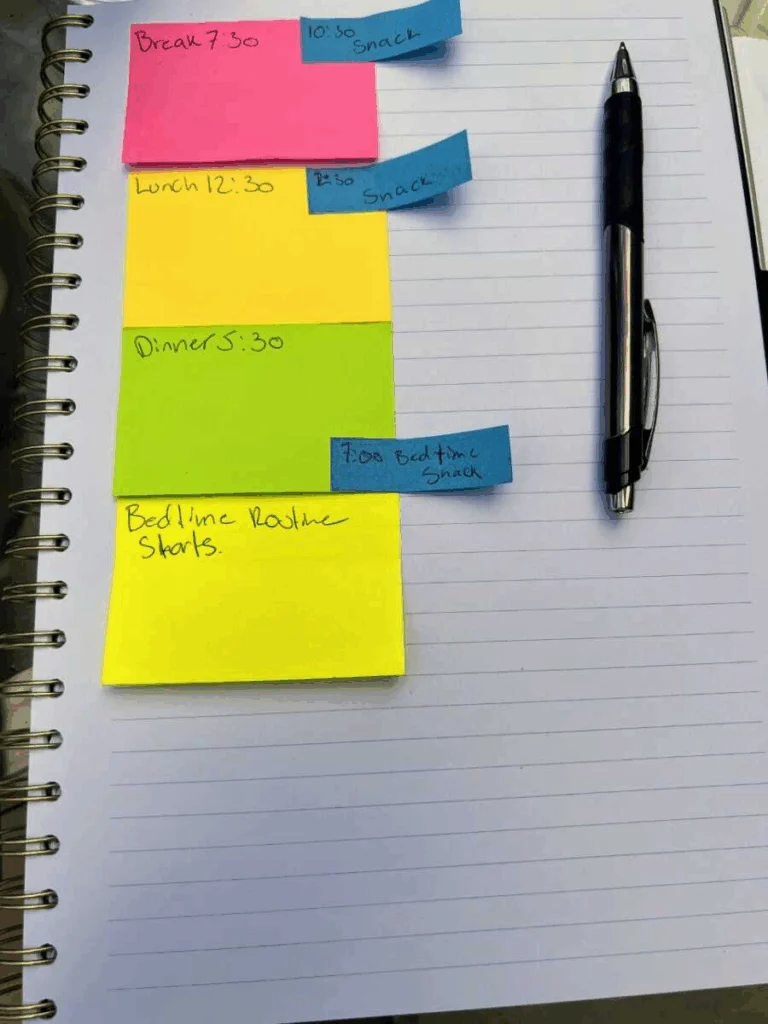
She started with what never changes: the bones of the day. With school out, the long stretch between breakfast and dinner shifts, so she sketched a simple flow first. From there, she layered in the pieces that repeat daily, like chores. In her house, the kids pitch in according to their ages. The youngest doesn’t have responsibilities yet, but she’ll start learning small tasks when she turns three. During the school year, the older two had easy jobs; in summer, Ashley gives them a little more to handle, not to overload them, but to grow life skills while their brains aren’t tied up with homework. She keeps what works and adds two or three new, doable chores, asking the kids what they think they can try or would like to learn. Sometimes she quietly redoes a task after bedtime, not because they failed, but because she’s learning, and that’s the point.
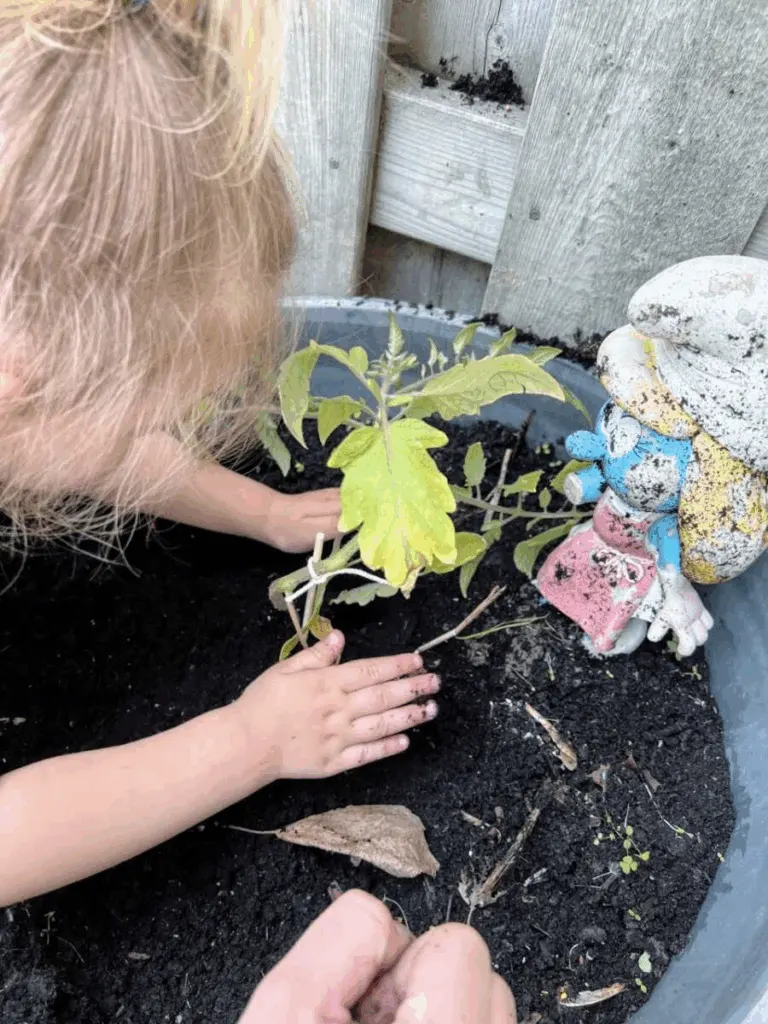
Next, she mapped chores into two pockets of time. Mornings include feeding the animals or carrying laundry where it belongs; evenings focus on tidying up and reading. With those anchors set, Ashley divided the day into four blocks: morning, afternoon, evening, and bedtime—so meals and the baby’s nap stay steady.
That consistency helps everyone, including a babysitter, slip into the rhythm quickly. When the baby naps in the morning, the big kids get their loud, sunny, high-energy play outside before the heat settles in. Ashley sometimes brings her work outside, setting up at the table while they run and laugh. On rainy days or slow mornings, they “pick a stick.” She keeps a cup of popsicle sticks labeled with activities: a science kit, painting, building a pillow fort, play dough, dance breaks, fun, and, often, a little educational. If someone says, “I’m bored,” they can pull a stick and go. She plans to start this on weekends before school ends, so they can test ideas, add favorites, and toss out what doesn’t land.
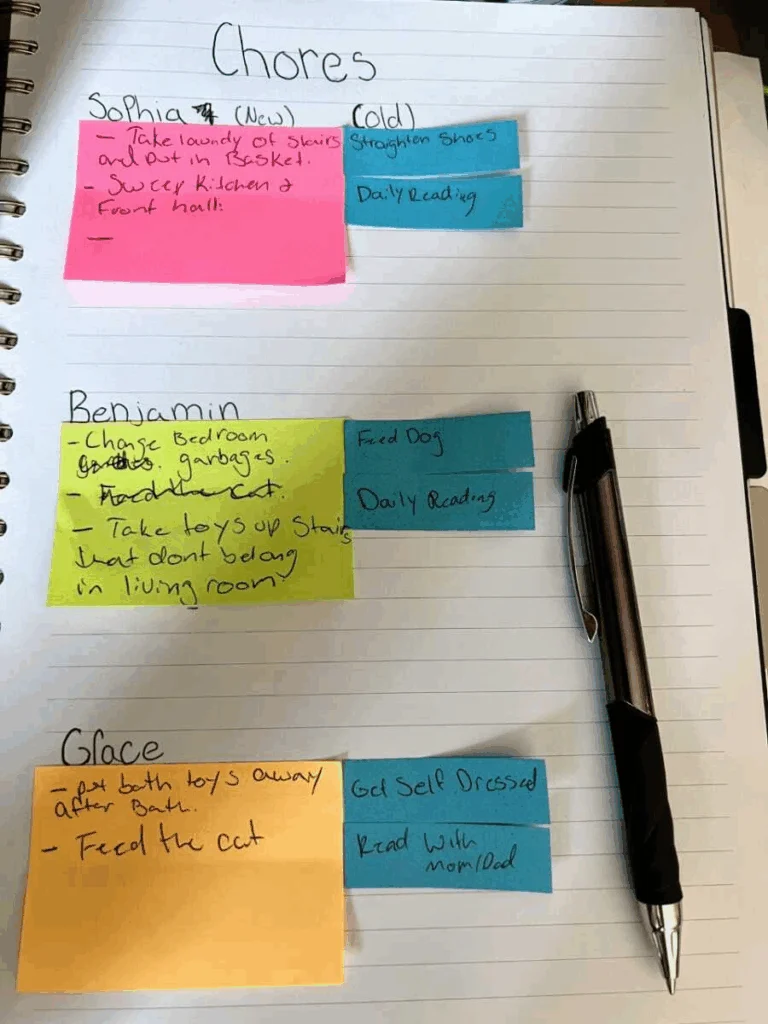
The stick system also solves the “What are we doing today?” debate. There’s a separate set for quick outings that don’t require a lot of preparation: a nature walk, a picnic, an hour at the park. One stick can turn a low-key day into something special on a quiet Saturday. Taking turns picking gives the kids a sense of choice, which makes the activity more exciting because they chose it. As the blocks find their shape, everything else becomes easier to place, such as snack times, outside time, independent play, and chore slots.

The goal isn’t perfection. Every family’s routine looks different, and some days will need adjustments. But a simple plan gives structure, which makes the day lighter. Kids are used to predictability at school; many thrive with a similar cadence at home. A steady routine supports social and academic growth, and it helps parents feel calmer and more organized. By the end, Ashley’s summer feels intentional without being rigid. There’s room for fun, learning, quiet, and noise. The day’s meals, naps, chores, and play have a predictable heartbeat, so everyone knows what’s coming. The plan was flexible enough to bend when life bends but steady enough to hold the family when the “Mom!” chorus gets loud.
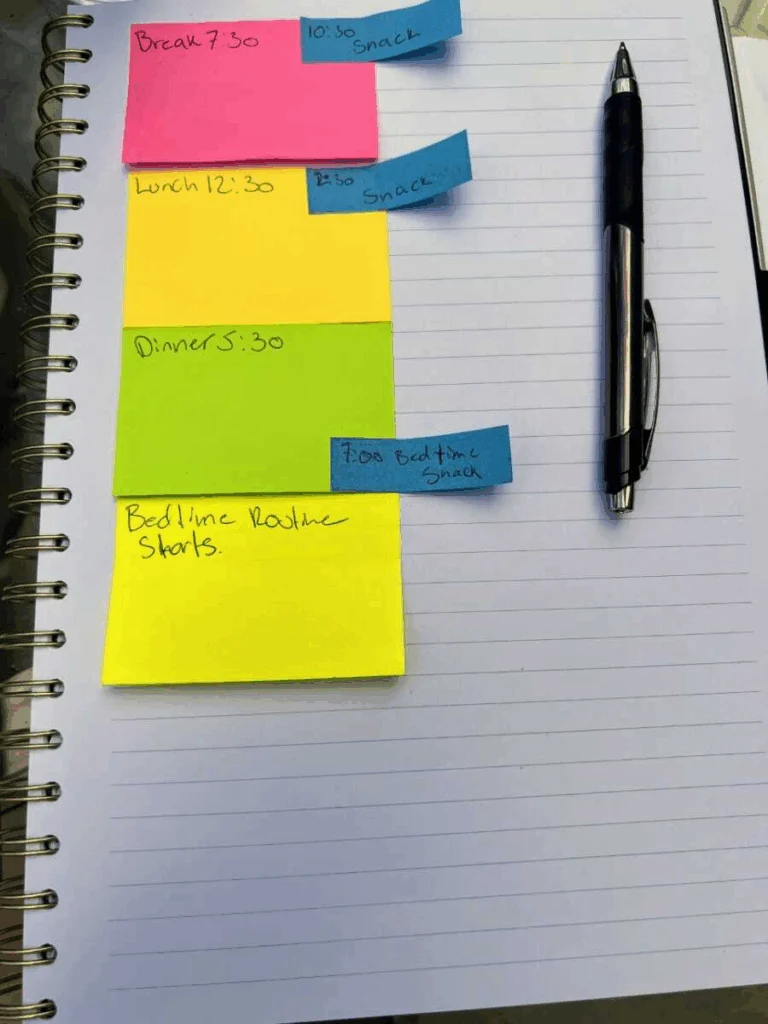
Ashley knows that summer doesn’t always unfold as it’s written down on paper. There will be days when the baby’s nap runs late, rain cancels outside play, or tiredness shifts everyone’s mood. But having even a loose rhythm means those disruptions don’t throw the whole day off. It comforts the kids because they know what’s generally coming next, and it calms her down knowing there’s a backup plan. The structure doesn’t box them in; it simply holds the space so summer can feel fun and free instead of chaotic.
